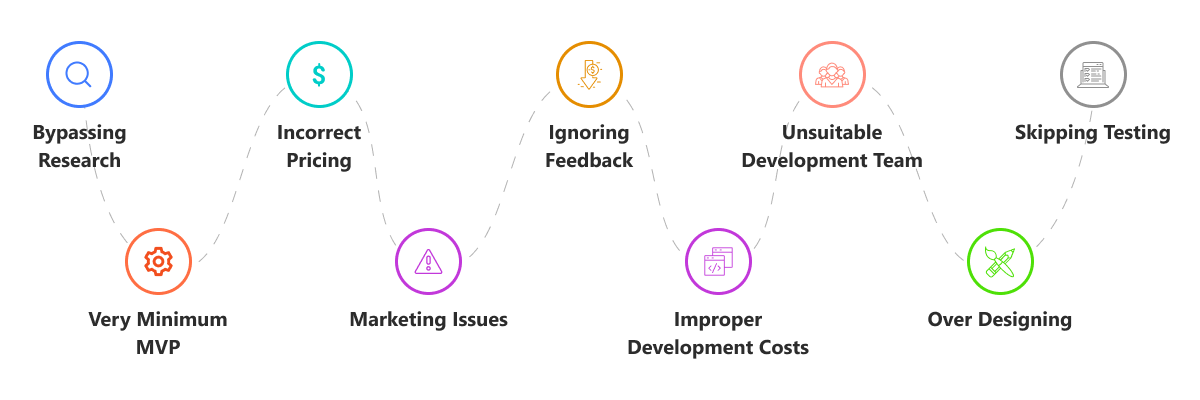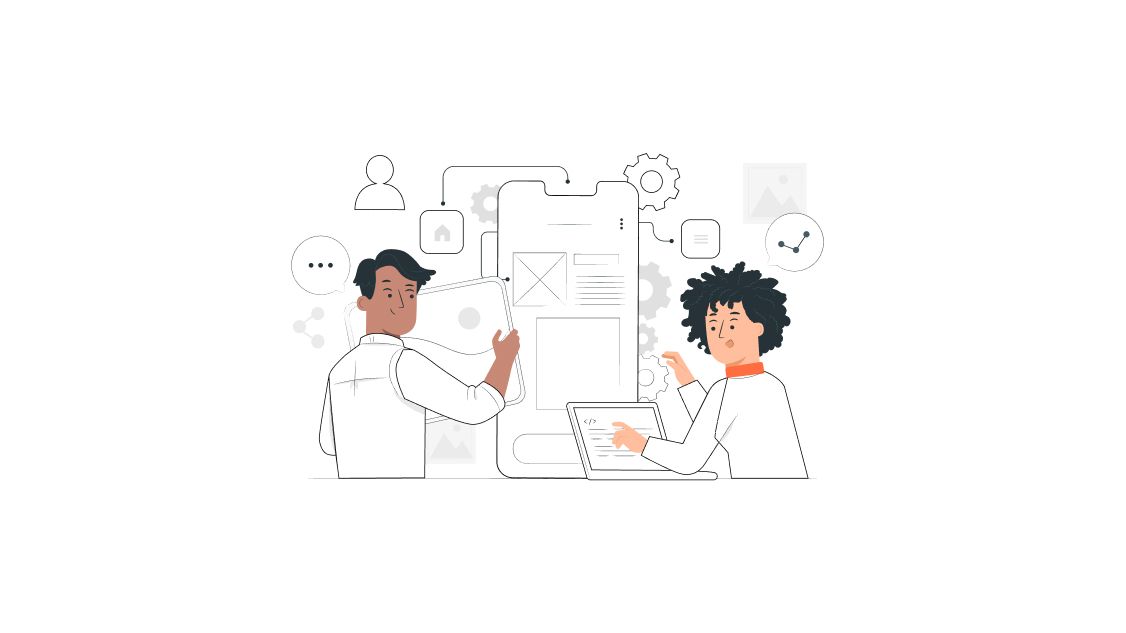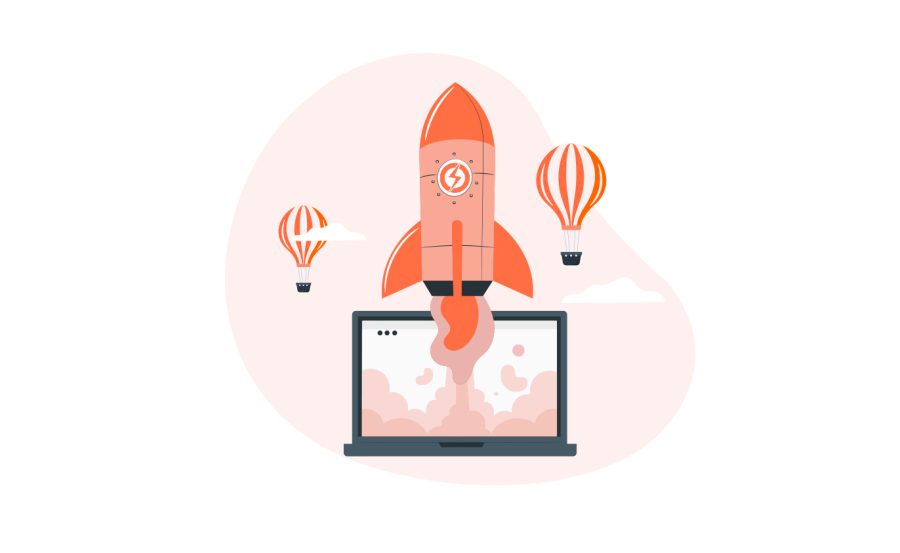Did you know?
Lack of proper documentation alone is responsible for 48% of the software project failures?
Yeah, simple documentation is where many fail.
When we talk about product development mistakes and delays, most things are common and often go unnoticed unless they mess up your project.
If you are looking to develop a product on time, you should be aware of these top 10 mistakes in product development and avoid them at all costs to save money and time.
Let’s dive straight in!
Key takeaways
-
-
- If you fail in communication, then the product failure is entirely unavoidable
- Research is essential; if you bypass it, then you may end up in product Y while your customer needs product X
- MVP is the first impression; you can’t make a lot of issues there
- Skip testing = Skipping success
-
10 common product development mistakes to avoid
Product development is like a tightrope walk. One wrong step can pull down all your expectations. You need to be careful while stepping ahead in your product development cycle.
Let’s take a look at the common mistakes that you should avoid in your product development process.

1. Bypassing research – Starting early
One of the first steps is to research your market when you realise your idea is great.
Data-driven research plays a vital role in your product development.
Skipping research and developing early is like – Trying to grow an apple tree, but without researching or knowing about the seeds, you may end up.
-
-
- Buying the wrong seed and growing an orange tree (or)
- Using a low-quality seed and ending with tasteless apples
-
The same goes for product development; if you plan to skip research to save time and resources, you may end up:
-
-
- Developing the wrong product or
- Creating a product your customers don’t want
-
That’s why research is essential for any product development.
You need to answer the following questions as part of your research:
-
-
- How are you going to solve the pain points?
- Whom are you going to serve?
- What do your customers expect?
- Where your competitor lags?
- What is your customer’s preference?
- What are the features your customer prefer?
-
To answer all the queries, you need to research.
You can embrace different types of research to collect data prior to your product development.
After research, you must analyse your data to draw a sensible conclusion.
Some of the most common ways to do your research are:
-
-
- One to one interview with customers
- Email surveys to your target audiences
- Surveys on social media sites
- Paid surveys
- Hangout in places where your target customers spend their time
- Understand your competitors’ strategies and plans
-
Problem
Skipping research
How to avoid
Do detailed research and break down your requirements before development
10 Best Market Research Tools to Grow Your Business [2022]: A review of the best tools that help you carry out your market research faster with more efficiency.
2. Lack of communication
If you lack communication, your project can go haywire!
If you can’t communicate clearly or your team member can’t understand what you are saying, then the project brief and outcome will be like chalk and cheese.
Let’s say you focus more on the best usability and only on essential features. But if your project manager understands other aspects, the final product will be different from what you’ve envisioned.
From CEOs to developers to designers to testers, everyone should understand the primary goals and vision of the product. If something lags in between then, the product takes longer to launch.
Suggested read: How to Determine The Right Time For Your Product Launch?
Software development demands a lot of collaboration between different teams and also between developers.
When you think minimum collaboration is better, you must think again. Try to explain the project details better to every team member during every scrum.
Problem
Unclear communication
How to avoid
Document everything and keep your communication line open
3. Skipping MVP
MVP is described as a product that can provide a solution with minimal features. There are no fancy features in MVP. It contains only essential features to serve your audience.
MVP is a reliable option for startups before they get accepted in the market.
MVP software delivers tremendous results for product development compared to traditional methods.
It grows as a product by incorporating inputs from early adopters.
But many people think MVP is not needed; they skip the essential features and eliminate the user experience. Eliminating user experience in MVP is one of the grave mistakes startups make.
When you skip the MVP part, you don’t get a feasible way to validate your product. This shuts down the opportunity to revamp your product according to the feedback of your early adopters.
Problem
Making MVP too minimum
How to avoid
Create MVP with essential features, not with minimum features
4. Unsuitable tech stack
Teams usually underestimate the complexity of tech projects and choose the wrong tech stack.
Let’s say you are focusing on a large user base; then you have to create a technology that can embrace the influx of new users at any time.
Also, if you are looking to develop a product that will last for 10 or more years, then you have to select the most recent technologies to cope with the trend.
If you are planning to develop an app, you must also give importance to web applications that are now trending.
There are many possibilities: you choose a stack, develop the product and suddenly the user base increases, and you need to change the stack to manage with the growing customer base. You might have to start building your product from the ground up again. So, choose the right tech stack right before you commence the project.
Problem
Choosing the wrong tech stack
How to avoid
Have a detailed conversation with the clients to understand the product’s vision and user base. After understanding, you can choose the right technology to develop
5. Improper management of development costs
Software product development needs developers, tools, resources and more to develop a product. If you don’t manage your budget well, there are many possibilities of product failure.
You need highly skilled developers to build p awesome products. To manage your budget well, you must calculate the core costs and review the scope of the project after monitoring your resources.
This will also help you optimise your budget.
Problem
Mismanaged budgeting
How to avoid
Create your budget only after understanding the requirements of the project. If there are a lot of requirements in features, then set a reasonable budget to meet the requirements
6. Selecting the wrong development team
Technology is growing rapidly, and the talent pool is also vast. But finding the appropriate candidate for your project is not easy.
You might only consider the coding skills and salary requirements while choosing a developer. But for a seamless project experience, your developers should also be good at communication.
When your project requires top-tier skills in a particular technology, hire experts. If you hire a wrong team, it will cost you money and time, and do irreversible damage to your project.
As a startup founder, you need to find talents who have the best ability to understand your way of working and vision.
Problem
Choosing the wrong development team
How to avoid
You can seek the help of a product development company with seasoned developers to complete your project on time
7. Skip testing
When you develop a software product, never skip testing.
Many developers perform testing but refrain from running detailed testing. You have to be more cautious about testing; if not, you might face many hurdles in your product development cycle. Also, lack of testing leads to bad user experience.
To ensure your product works fine, you need to carry out:
-
-
- Speed testing
- Usability testing
- Performance testing
- Localisation testing
- Installation testing
- Integration testing
-
Also, before every release, you need to ensure you do thorough testing.
Problem
Avoiding testing
How to avoid
Never skip testing; do all testing types to ensure your product works fine
8. Ignoring feedback
One of the most common product development mistakes teams make, is – iterating quickly and developing the end product too soon. What they leave behind is the feedback.
When you are on a mission to build a product that customers like, you can’t ignore feedback.
From the first release of your MVP, you need to include the early user feedback and consider all the points where you can improve.
You can look at the feedback and list out all the issues you can fix in the upcoming releases.
Also, you must ensure that you don’t get lost in the hard side of feedback. When you develop a product, and the people say your product is not what they want, try to pick yourself up and ask what they want or where you can improve. On the other hand, avoid feedback or comments that are not constructive.
Problem
Ignoring feedback
How to avoid
Try to collect feedback from time to time. Analyse and list out the drawbacks and improve yourself
9. Over designing
One of the primary issues in product development stems from design.
There are two issues; over-designing and minimal designing.
When you over-design, people find it difficult to do what they are supposed to do, which leads to poor user experience.
While you have minimum features, people will feel nothing new about your product and they will prefer other products that provide a little extra.
So before you start designing your product, you must be clear about the customer preference, colour code and font styles.
For example, if your product caters to aged people, you can’t have many colours and handwritten fonts. You have to keep it simple and super-clear.
Problem
Over or minimal designing
How to avoid
Create a guideline documentation to follow while designing to avoid designing errors
10. Zero effort after release
Many think they can sit and relax once you release the market-fit product. And the truth is you can’t do it.
You need better maintenance when you plan for the long run. You have to keep up with the trend to compete with the existing and emerging competitors. Your product will need on-time maintenance and support to work properly without any glitches.
Problem
Ignoring maintenance after release
How to avoid
Try to keep a dedicated team to and keep the same effort to maintain the app after release
Final thoughts
Building a software product from scratch is a process prone to mistakes. From communication gaps to unnoticed bugs, everything can impact your development process. You need to be well aware of these mistakes to avoid or tackle them effectively without taking a toll on your product quality.
You can either build your own team to have better control over your project or rope in a product development expert. The latter will be a good option if you want to build your product with minimal risks.
Want to develop your product risk-free? Get a free consultation from our experts now.
Bonus FAQs
Finding the best talent matching your team’s wavelength and requirements will be the most difficult step. But if you look into tech product development phases, taking it step by step will be a great choice than taking one giant leap.
Focus more on the vision and the end results than on the small pitfalls. If you find it difficult to overcome challenges, try to learn from your pioneers and learn how they overcame them. Plan beforehand.
Integration and new requirements in every iteration are some of the biggest challenges in product designing.
One primary difficulty faced by new entrepreneurs is building the vision and business goals. And clearly passing it to the employees will be tough. To make it happen, you need to be better at communication and finding people who understand your values.
Suggested read: 6 Biggest Mistakes Entrepreneurs Make that Lead to Business Failure
You need to start your product development from research and go with the development based on the results from the research. Start from research, analyse the results, develop and design based on results, hit the market and maintain properly.
You can also use the software development plan template to plan effectively.
Idea generation, Research, Development, Testing, and Maintenance.




